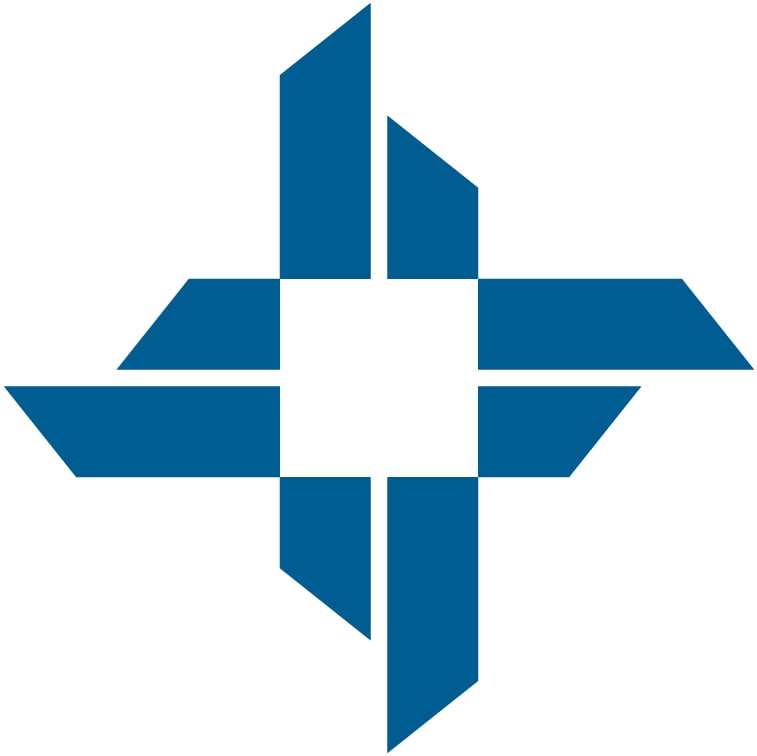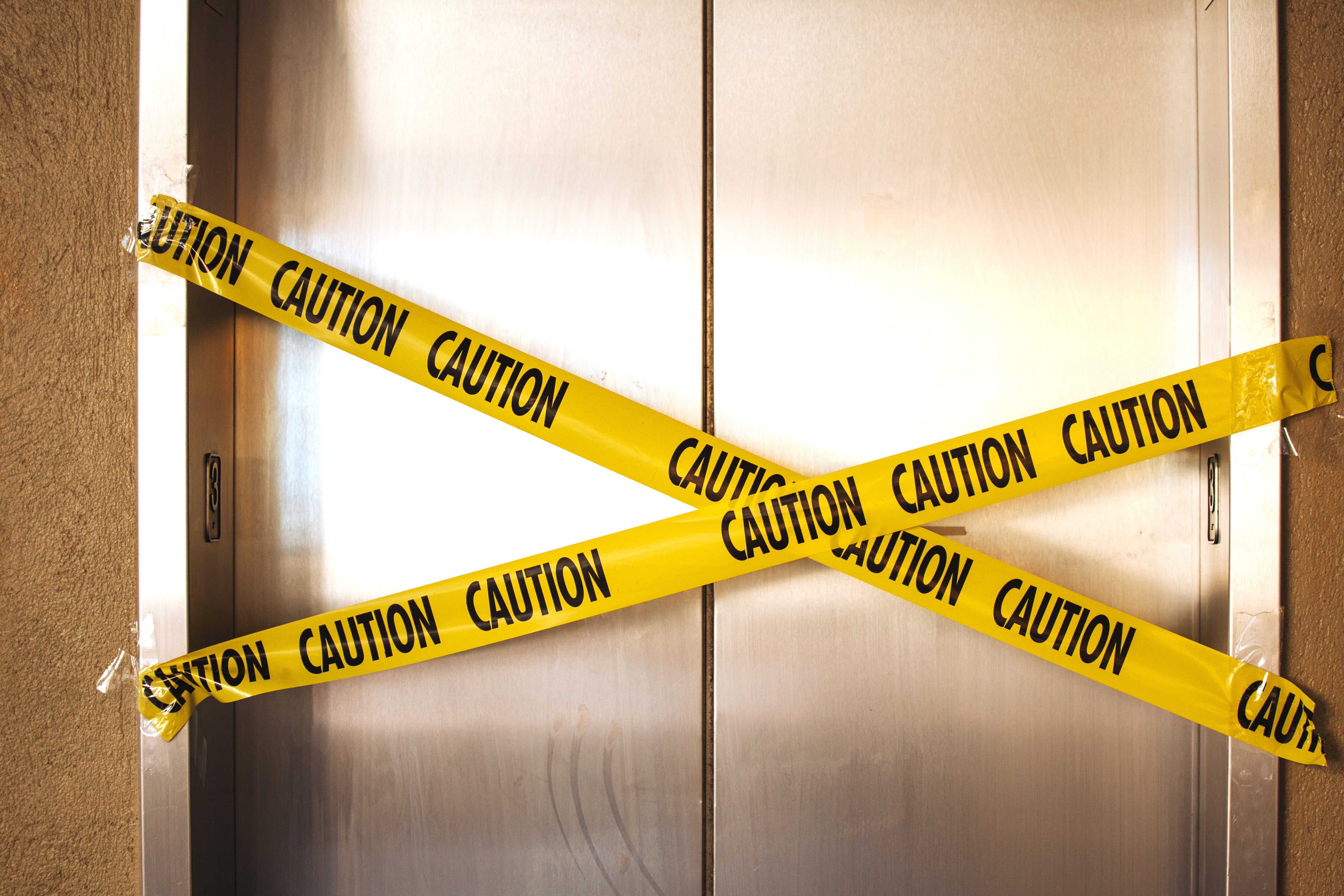High-rise buildings present several unique fire safety challenges compared to low-rise buildings and single-family homes.
International Building Code defines a high-rise building as a structure “with an occupied floor more than 75 feet above the lowest level of fire department vehicle access,” which is roughly equivalent to seven stories or higher.
High-rise fire safety challenges include, but aren’t limited to:
-
Smoke and Fire Control: Since hot air rises, smoke and fire tend to spread vertically, meaning any occupied floors above a fire are at significant risk if the fire is not extinguished quickly.
-
Evacuation Logistics: Evacuating large numbers of people from elevated floors can be logistically challenging, presenting difficulties for first responders and leading to longer evacuation times.
-
Fire Department Accessibility: Aerial equipment, such as a ladder platform, can only reach a limited number of floors from the ground, complicating firefighting efforts with taller buildings.
More common in multifamily housing
A 2016 National Fire Protection Association research report found that the vast majority of high-rise building fires—62 percent—occur in multifamily housing. The report analyzed high-rise fires between 2009-2013 when there was an average of 14,500 high-rise building fires per year.
Just over 75 percent of residential high-rise fires reviewed as part of the report originated in a kitchen or cooking area, underscoring the importance of safe cooking education for residents. Cooking fires are twice as likely to occur in apartments than in one- and two-family homes, according to a 2020 NFPA report on residential cooking fires.
Despite the fire safety challenges presented by high-rise buildings, the 2016 NFPA research report notes a lower death rate and less flame damage in residential high-rise building fires than in shorter residential buildings.
The reason behind this, the report surmises, is that modern high-rise buildings are more likely than shorter buildings to have certain safety features, such as:
- fire-rated compartmentation;
- noncombustible construction;
- fire alarm systems;
- automatic fire sprinklers;
- smoke control systems; and
- fire- and smoke-protected exit stairs.
But not all high-rise buildings meet modern standards, especially if they predate safety requirements.
How to prepare for a high-rise fire emergency
Whether you work or live in a high-rise building, you should always plan and prepare for a fire emergency. Familiarize yourself with the building’s safety features and evacuation plan, which should illustrate what to do in an emergency. Building management should post the plan so that staff and residents can see and review it.

- Identify all stairwells and exits in your building in case your usual escape route is blocked by smoke and fire. NFPA recommends that building management hold a fire drill with occupants at least once a year.
- Ensure that all windows and doors open properly. Building management should urge residents to submit a request for service to correct any defects.
- Keep windows and exits clear of any furniture.
- Prohibit the storage of personal items in stairwells and hallways.
- Never prop stairway or corridor doors open. Closed doors help slow the spread of fire and smoke.
- Never lock fire exits, doorways, halls, or stairways.
- Verify that all smoke and carbon monoxide alarms are working correctly (push the test button to ensure each alarm is working). Never tamper with or disarm a smoke alarm or any life safety devices.
- Report inoperable or damaged fire protection features, such as self-closing doors.
What to do in the event of a fire
If a fire occurs, quickly and safely proceed to the nearest exit stairwell and close any doors behind you to help prevent the spread of fire and smoke.

- Never use elevators during a fire, as they may become disabled or used by first responders for rescue operations.
- If there is smoke or fire on your way out, use an alternate exit route as identified by your building’s evacuation plan. If you have no other means of exit, stay low to avoid smoke, fumes, and super-heated gases.
- Pull the fire alarm on the way out to notify the local fire department and your neighbors. Listen carefully and follow the directions provided if an announcement is made throughout the building.
- Remember to go to your regular meeting place and stay there. Advise staff or emergency personnel if someone is missing or trapped in the building.
- If you know of someone who cannot leave their unit because of fire, smoke, or a disability, call 911 and explain where the person is located. Stay on the phone with emergency dispatchers as long as necessary.
- Be prepared to shelter in place if no safe exit route is available. Sheltering in place means sheltering within a room with the door closed. Use duct tape or wet towels to create a seal around doors and vents to keep smoke out. Call 911 to signal your exact location. Open a window and wave a flashlight or bright cloth to signal your location. Be aware that an open window may draw smoke into the room. You may need to close the window on the fabric.
Additional resources
- Building evacuation FAQs
- Employee fire and life safety
- Fire alarms in apartment buildings
- High-rise apartment safety
- High-rise emergency action plan guide
Contact our Risk Control and Consulting team for more resources and answers to your housing organization's risk-related questions.
Interested in learning more about the coverage solutions we offer? Connect with a member of our Account Services team.
This article is for general information only. HAI Group® makes no representation or warranty about the accuracy or applicability of this information for any particular use or circumstance. Your use of this information is at your own discretion and risk. HAI Group® and any author or contributor identified herein assume no responsibility for your use of this information. You should consult with your attorney or subject matter advisor before adopting any risk management strategy or policy.
HAI Group® is a marketing name used to refer to insurers, a producer, and related service providers affiliated through a common mission, management, and governance. Property-casualty insurance and related services are written or provided by Housing Authority Property Insurance, A Mutual Company; Housing Enterprise Insurance Company, Inc.; Housing Specialty Insurance Company, Inc.; Housing Investment Group, Inc.; and Housing Insurance Services (DBA Housing Insurance Agency Services in NY and MI).








